Making your own perfume is a great way to develop a customized scent that is distinctively your own. There is nothing like having people compliment you on your perfume, knowing you have an original. If you have allergies, building your own scent also can help you avoid troublesome ingredients found it commercial fragrances.
Ingredients
Natural ingredients used in perfume include essential oils extracted from plants and flowers, and animal products such as musk from male deer, ambergris from sperm whales and castor from beavers. Note: due to pressure from animal right advocates, ambergris is no longer used in American perfumes.
Most perfumes are built on a base of either floral or citrus scents with additional scents added as highlights, or "notes." Most perfumes have three notes, a top note is the first noticed but also the first to dissipate, a middle or heart note, and a bass note that lingers the longest.
In addition to the oils and animal products, perfume may have a number of synthetic compounds. These allow commercial perfumes to be cheaply mass-produced, but they are also often the source of allergies and skin irritations.
Other additives include Cedrat base, which adds a citrus scent; curacoa base, which adds both citrus and herbal aromas; Hawthorne for woody scents; gardenia for floral scents; and neroli for many different scents, including amber, floral, leather, lilac, magnolia, lily-of-the-valley and gardenia. Orange scent is used in poppy-based fragrances, cedar scents and freesia perfumes. Most commercial fragrance has some red rose among its ingredients. Verbena is used in some citrus fragrances.
Ingredients also include barks such as cinnamon, fruits (especially citrus); spices like cocoa and nutmeg; woods such as sandalwood, rosewood and pine; and leaves from lavender, rosemary and violet plants. These are often used as highlights and not as primary scents.
A major ingredient of most perfumes in alcohol. Historical perfumes were often built on a base of oil, such as olive oil, but today perfumes are made with alcohol. The best is 95 percent grain alcohol because it contains the most ethyl alcohol but vodka and rubbing alcohol also work well. Perfumes contain 15 to 30 percent essential oils and 70 to 85 percent alcohol, with a small amount of distilled water. Toilet waters contain 5 to 10 percent essential oils with a higher percentage of alcohol, and body splashes have 1 to 2 percent oils.
Fixatives are also added to preserve the scent over time. Some common fixatives are sandalwood, benzoin, myrrh, vanilla, and balsam of Peru. These fixatives also add their own distinctive scent and slow the rate of evaporation. Some fixatives work better with oil and bath blends, or with creams and lotions. These include tincture of benzoin, grapeseed oil, the liquid from vitamin E capsules and castor oil
Making Your Own Perfumes
It's easy to make your own scents by mixing together pleasing combinations of essential oils. Choose two or three oils that you like and that smell good on you then blend them together. Experiment, adding a few drops of each oil until you find the combination that works best. Keep track of what you add so you can duplicate it in the future.
Related Articles
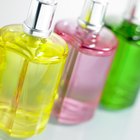
Main Ingredients in Cologne
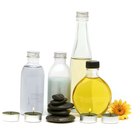
How to Make Cologne From Essential Oils
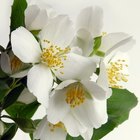
How to Make Your Own Essential Oil ...
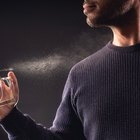
How to Know Which Perfumes Contain ...

How to Make Perfume Without Alcohol
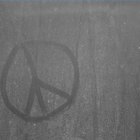
How to Dilute Patchouli Oil

How to Find Perfumes That Are Similar
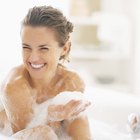
Active Ingredients for Dove Body Wash

Purpose of Perfume

The Top Five Male Fragrances

Tanqueray Gin Ingredients

What Is the Purpose of Cologne?

Is Peppermint Oil Good for Skin Care?

How to Use Body Spray
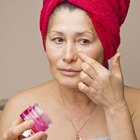
Ingredients in StriVectin SD
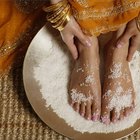
How to Make Baking Soda and Sea Salt ...
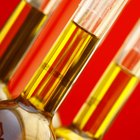
Jojoba Oil Benefits

Difference Between Body Spray & ...
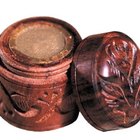
How to Make Amber Butter Perfume
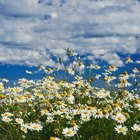
Chamomile & Aloe Skin Care
Writer Bio
Susan Landis-Steward has been a print journalist and editor since 1985, writing for "The Reflector," "The Multnomah Village Post," "The Evergreen Messenger" and "The Oregonian." She has won numerous awards for her reporting and has been published in top academic journals. Landis-Steward has a Master of Science in writing from Portland State University.